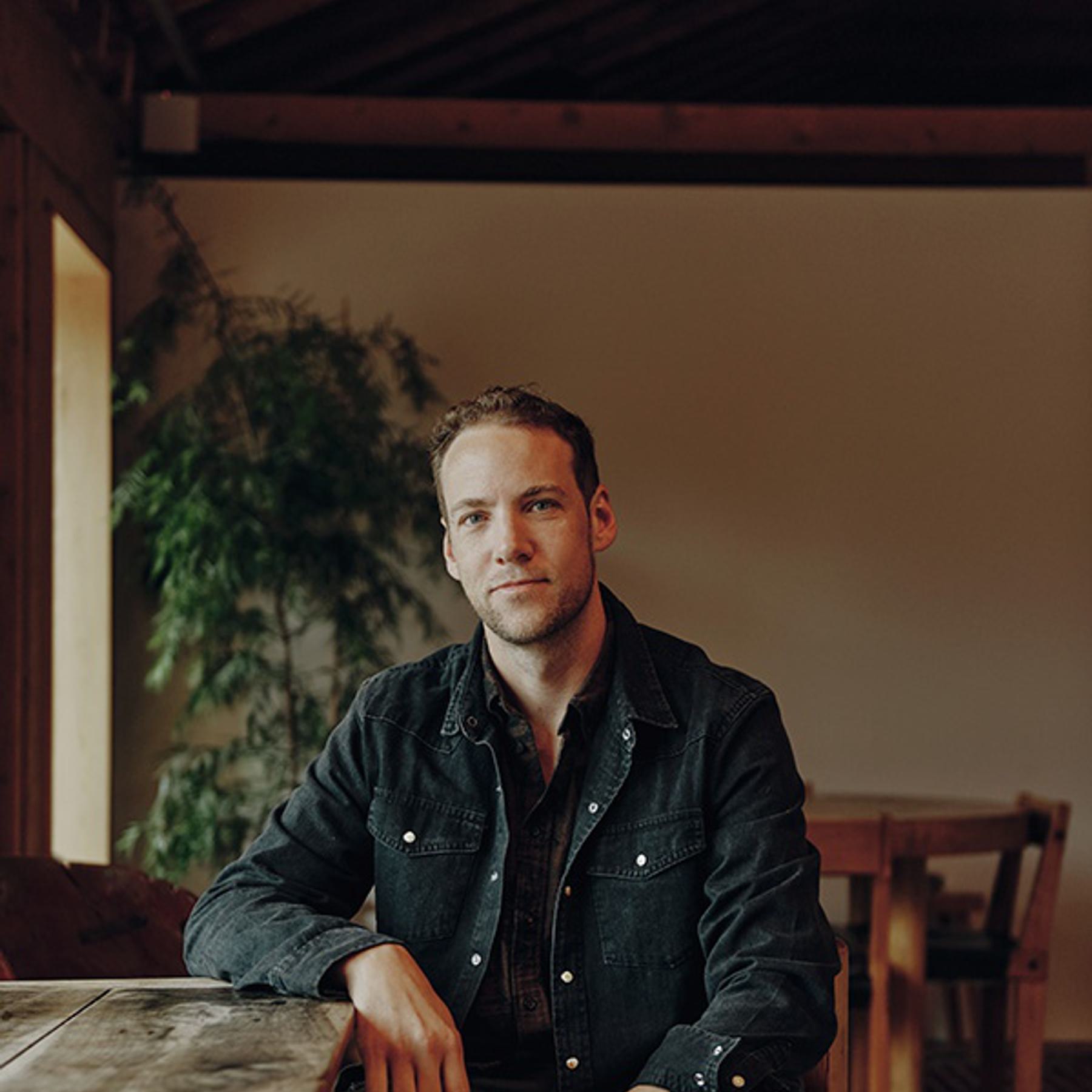We’ve been getting a lot of questions about generative engine optimization. We know firsthand how much impact GEO can have; our studio landed one of our biggest jobs ever when the client asked ChatGPT who to hire. We've been researching how it affects websites, brand building, and digital marketing strategies.
One thing we’re studying is the new OpenAI ability to buy products from Etsy and Shopify directly through ChatGPT. Obviously this could be a huge new channel for marketers. But the interesting thing about optimizing brands and information for model referrals is that, unlike search, it isn’t quite deterministic. The visibility or recommendation of one product over another hasn’t yet been monetized by the platforms the way search has, and there’s no “ranking” of one piece of information over another. There are some correlations with digital marketing signals like branded traffic, and researchers say the CPM of an ad even has an effect on the model’s recommendation. And, if you search for advice about optimizing for model discovery, there are some best practices that definitely help. Using statistics, framing content as frequently asked questions, and having good visibility in organic social channels like Reddit and YouTube definitely helps.

But I think about it in a slightly different way than search engine marketers do: the way to get better referrals from the LLM is much more similar to word of mouth than SEO. When a user is in a session with a model, they’re giving it so much context. These aren’t keywords bringing back results pages. The user has likely shared a lot of personal information and probably started their session asking for help with a problem rather than asking for a specific brand recommendation. And according to a Harvard study from September 2025, 21% of ChatGPT sessions were some form of information discovery. Just 2% of that was shopping, but this will probably rise.
So when someone starts asking the model for a recommendation or a comparison, the model knows that person much more intimately than a search box, having received just a search term, would know. It’s like asking a good friend what you should have for dinner. They know where you are, when you like to eat, that you hate seafood, are gluten-free, don’t have a job right now, and maybe even that you’re trying to eat healthier. This is a very nuanced picture of a person that can surface much more useful results.
In order for a brand to fight its way into these recommendations, I think about the way great brands are built: from foundations, not just the surface presentation. I’ve been using this diagram to describe brand foundations:

The first layer is your product. Does it work? Is it good? Is it cost-effective? Is it available? Does it have product market fit? This seems obvious, but without this none of the rest is possible.
The second layer is building some brand authority around this product and the organization that made it. What’s the perspective? What are they obsessed with? Why do they make it? What makes them different from others? What’s the brand promise? Do we trust their capacity to fulfill it? This layer holds the brand-building around the product and the basis for what comes next.
With a product that works, no matter the distribution, and a solid brand, a community will form. People will be drawn to this organization. Or people will hate it!

Both reactions are useful as long as people can articulate why they feel the way they do. This shows up in social media, reviews, and in the real world in the form of visible consumption.
So while some shortcuts and tricks might emerge in the GEO/AEO space, like SEO before it, the real key to managing GEO comes down to your brand. Start there.




